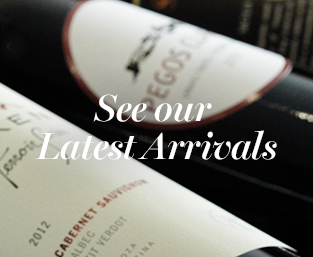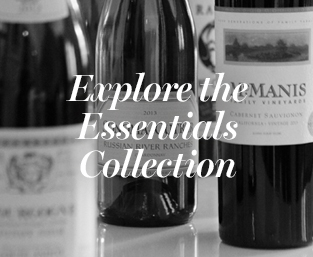1. Chill white wines two hours before the tasting. Leave the reds at room temperature.
2. Serve wines in a brightly lit room, with white tablecloths (or sheets of white paper) to provide a background against which you can assess the wines’ colour.
3. Keep water on hand for cleansing your palate and staying hydrated. Water crackers are also a good option for palate cleansing between wines, and to make sure you’re not tasting on an empty stomach.
4. Taste white wines before reds, and consider the sweetness levels of the wines you’re tasting – try the drier ones before the sweeter ones. (Use the sugar codes on Vintages’ tasting notes as a guide: XD is extra dry; D is dry; MS is medium-sweet; S is sweet.)
5. Taste light-bodied, less tannic wines first, then fuller-bodied, more tannic wines. (Again, use the wine styles on our tasting notes, e.g., Light-bodied & Fruity, Full-bodied & Firm, as a guide.)
6. Follow the four S’s. See: Have your guests describe each wine’s colour. Does it remind people of a haystack or a ruby ring? Swirl: Swirling unleashes the wine’s aromas and flavours. Smell: Note all the scents can you make out. Sip: Take a sip and gently suck in air through your teeth to move the wine over your palate. What do you taste? How long do the flavours linger after you swallow? (Longer is better!)
7. Ask open-ended questions to get guests thinking and talking about the wines. Remember to keep it fun! Learning about wine is about enjoyment as much as education.
TIPS
• Trying the same varietals or styles from different regions with food can help highlight the similarities and differences between the wines. Foods can be as simple as pieces of chocolate or cheese – you don’t have to have a full meal.
• Try a blind tasting. Not knowing the wines you’re tasting helps focus your attention (plus it’s fun). Try a Chardonnay from Burgundy alongside one from California, or a Sauvignon Blanc from the Loire Valley with one from New Zealand. Place the wines in paper bags, wrap them in tin foil or just pour them out of sight.
• A wine tasting is a great prelude to dinner as guests can pour themselves
a glass of their preferred wine, then sit down to a meal that perfectly complements their choice.


